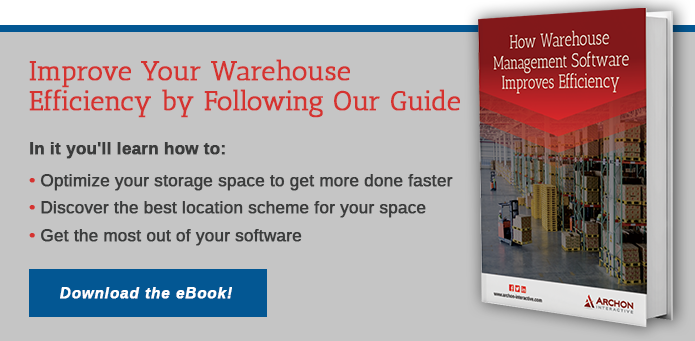 When it comes to warehouse efficiency, we often think in loose, global terms. Everybody wants to run a more efficient warehouse, but we rarely think about the calculations that actually make up the warehouse efficiency picture. Boosting your warehouse efficiency requires more than just a vague idea about tightening up sloppy processes. It means deciding on a few Key Performance Indicators (KPIs) that can be measured and tested month after month for effectiveness.
When it comes to warehouse efficiency, we often think in loose, global terms. Everybody wants to run a more efficient warehouse, but we rarely think about the calculations that actually make up the warehouse efficiency picture. Boosting your warehouse efficiency requires more than just a vague idea about tightening up sloppy processes. It means deciding on a few Key Performance Indicators (KPIs) that can be measured and tested month after month for effectiveness.
Fulfillment
Fulfillment of orders is one of the best ways to look at warehouse efficiency. It can be broken down into several precise metrics that can illuminate how your business is really doing on the ground. For instance:
- What does your order fulfillment timeline look like? How fast are you turning orders and getting them out the door?
- What percentage of orders are being successfully fulfilled? That includes getting the orders to the correct customer, on time, with all of the correct items in good condition.
- What does your order accuracy look like? How many orders are returned for incorrect or damaged items? How many complaints are you receiving for missing items?
Order accuracy is often the place where you will have the greatest opportunity for improvement. Reducing the number of accuracy errors pays greater dividends than almost any other improvement you can make. However, you must be honest with yourself about your current accuracy issues to really take advantage of those gains.
Warehouse Utilization
The other half of the warehouse efficiency puzzle is warehouse and human resource utilization. This can also be broken down into many parts to see how each element affects the bigger picture:
- Amount of space available vs. space in use
- Labor availability vs. labor usage
- Equipment availability vs. equipment usage
- Amount of waste produced in labor
- Waste produced by overbuying inventory, damaged inventory, etc.
- Waste caused by broken equipment, or inappropriate equipment for the task at hand
- Time lost due to injuries and unsafe working conditions
- Waste produced by manual processes that could be digitized (paper waste, foot travel, etc.)
Tracking waste and warehouse utilization is harder than just tracking productivity. It requires digging deeper to measure things that aren't necessarily value added indicators at surface level. However, each step you take towards reducing waste and streamlining processes could snowball into a bigger change in overall warehouse efficiency.
These are just some of the KPIs you should be focusing on to effect change within your warehouse. Remember that you need to measure them to get a baseline number, and then make small changes independent of one another to improve results with time. This requires monitoring all of the small details on an ongoing basis and continuing to develop strategies that work.




